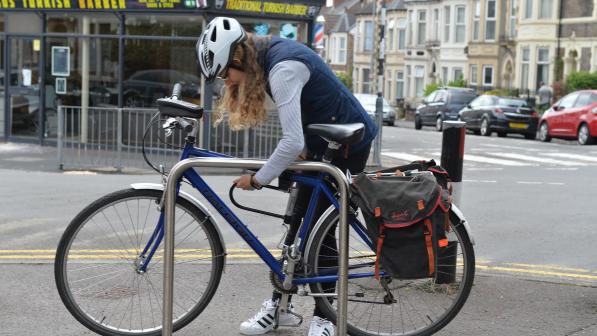What should I do after a crash with another road user?

1. Check for injuries
Don’t just get back on your bike and ride away. You could be disorientated, concussed, or more badly hurt than you realise. Check yourself and others involved for injuries and, if able, move out of the way of traffic. If anyone has suffered severe injuries, call 999. Seek medical advice even for minor injuries: visit your GP or local A&E for advice and to evidence your injury.
2. Assess damage
If you can, take photos of the damage to your bicycle and any other damaged items. Keep hold of any damaged items so that they are available for inspection. Keep a list of all damaged items and out-of-pocket expenses as these can form part of your claim.
3. Identify who caused the incident
Collect the names, addresses and insurance details of anyone involved in the incident. If relevant, make a note of the registration details as well as the vehicle's colour or model. Avoid admitting fault, verbally or otherwise. Try to stay calm and avoid becoming angry or aggressive. Don't leave the scene before the incident has been reported (if necessary) and all relevant steps have been taken. If the police attend, take details of the investigating officer and the police reference number.

4. Witnesses
Get names, addresses and phone numbers of any witnesses to the incident as soon as possible. Witnesses may be required to provide evidence in any potential claim for damages, especially where there are conflicting accounts.
5. Photographs and videos
Take note of the scene of the incident including date, time, and weather conditions. If possible, take photos of the vehicles in position. Try to reference the location by road signs or other fixed landmarks. If you have an on-bike camera or the vehicles involved have dash cams, try to get details so that the footage can be traced.
Contact the Cycling UK incident line
Call the Cycling UK Incident Line on 0330 107 1789 for assistance in making a claim for your injuries or damage to your bicycle.



